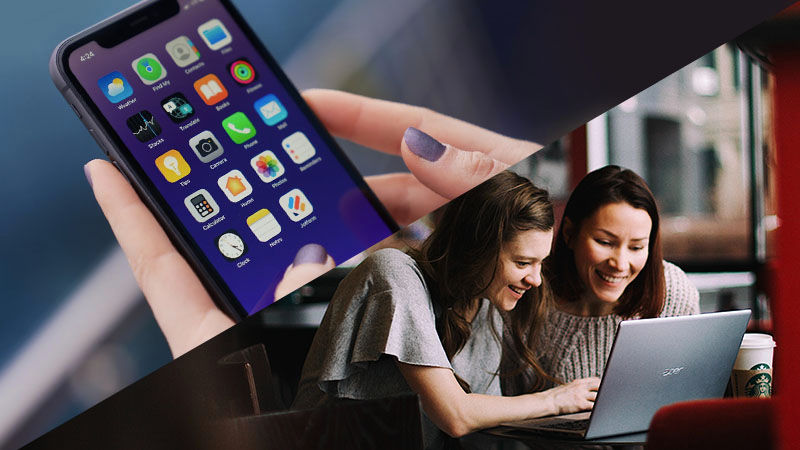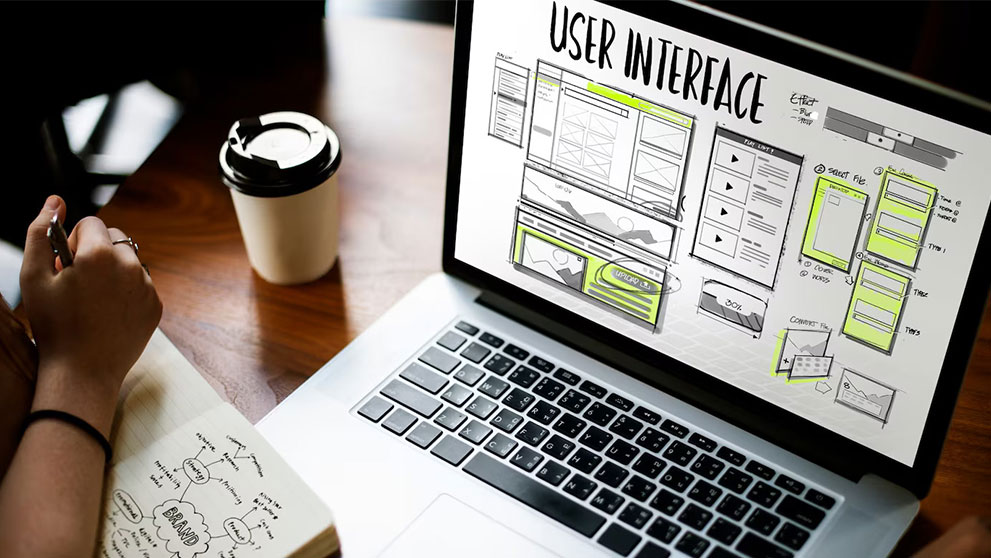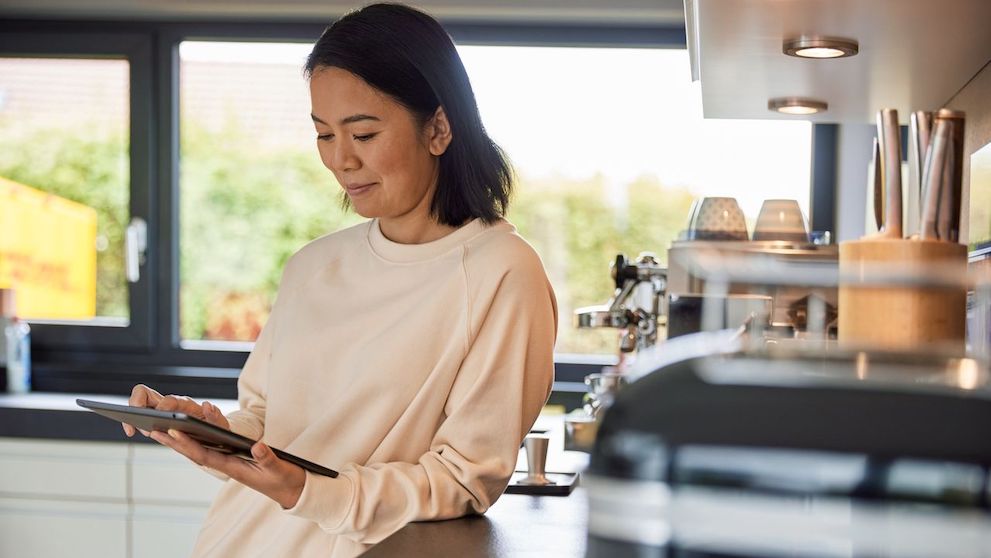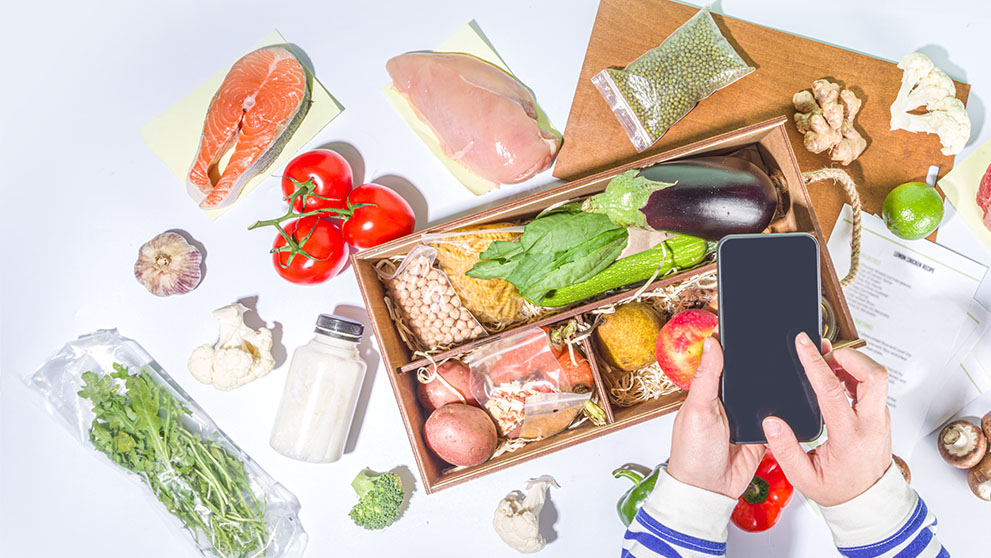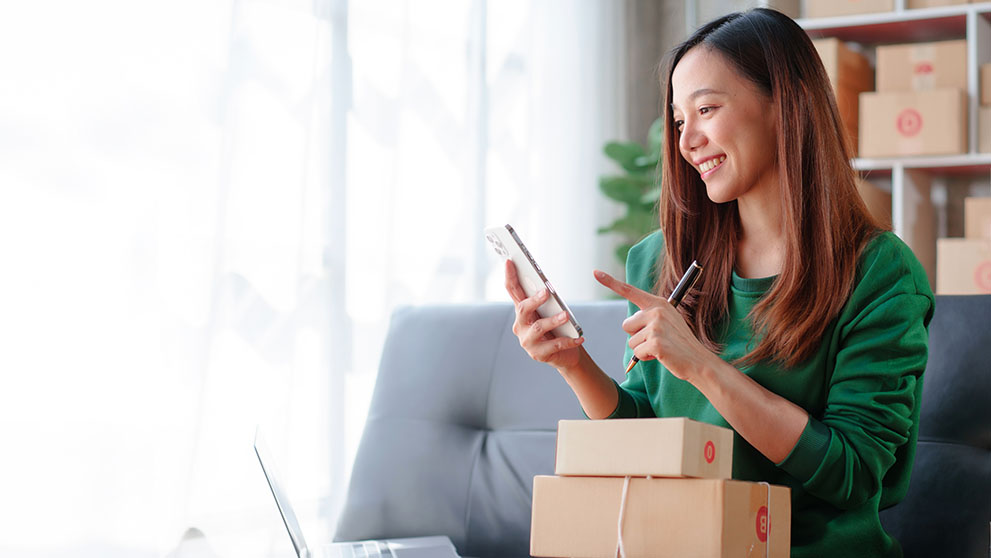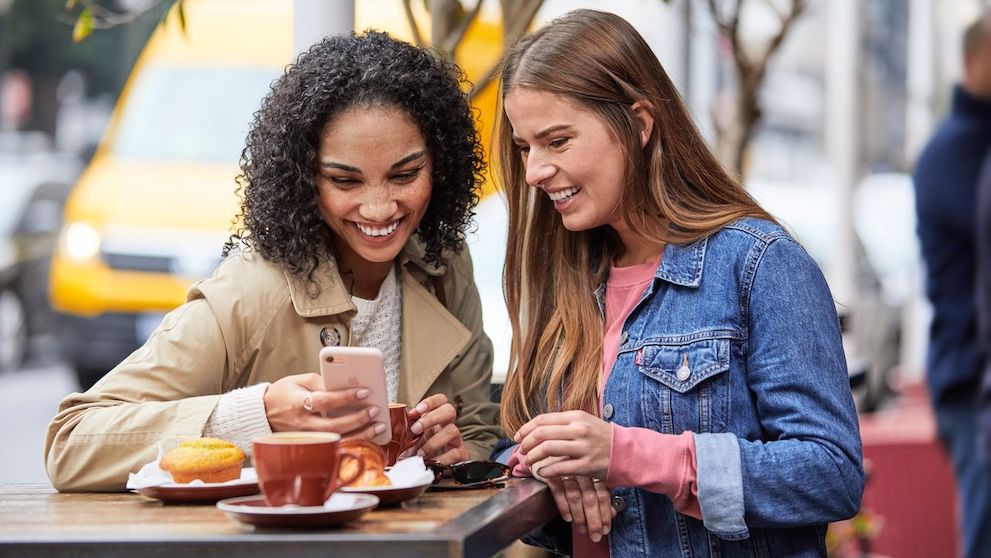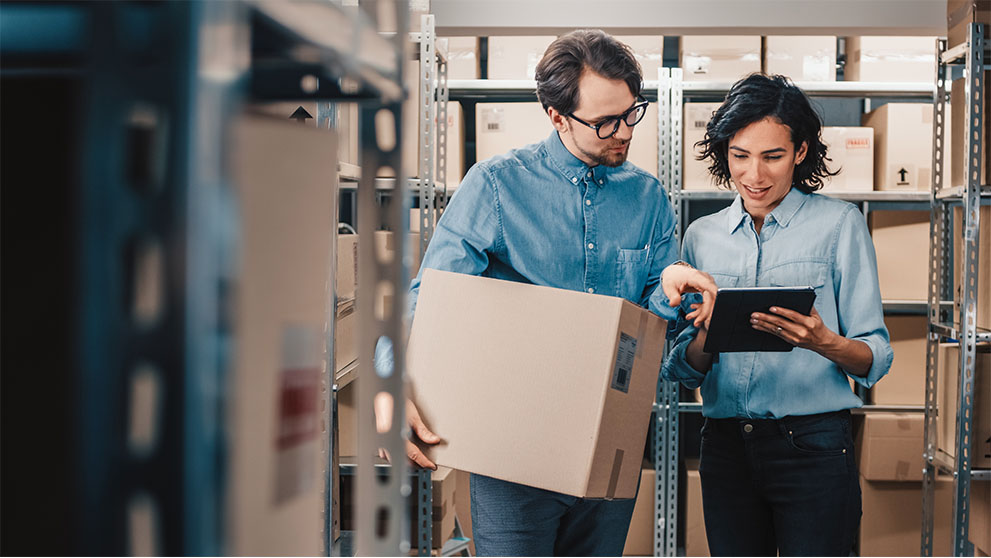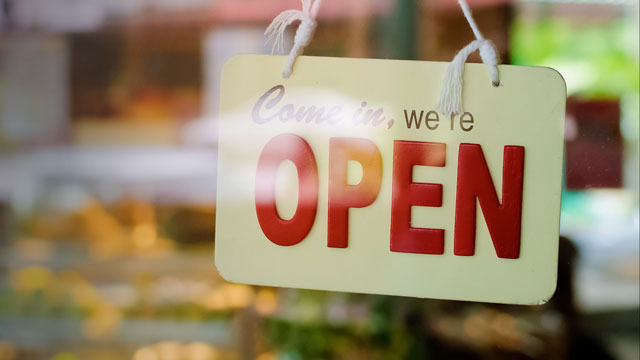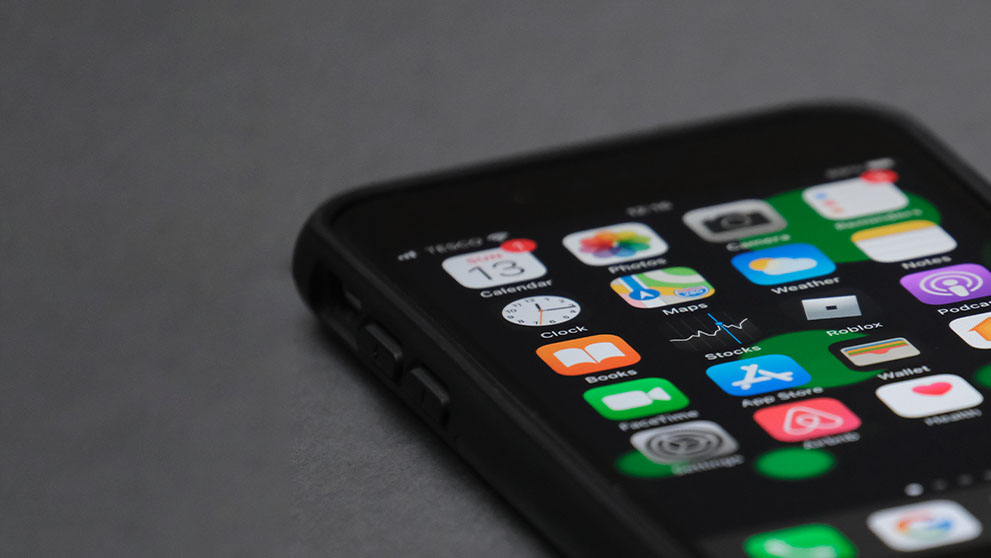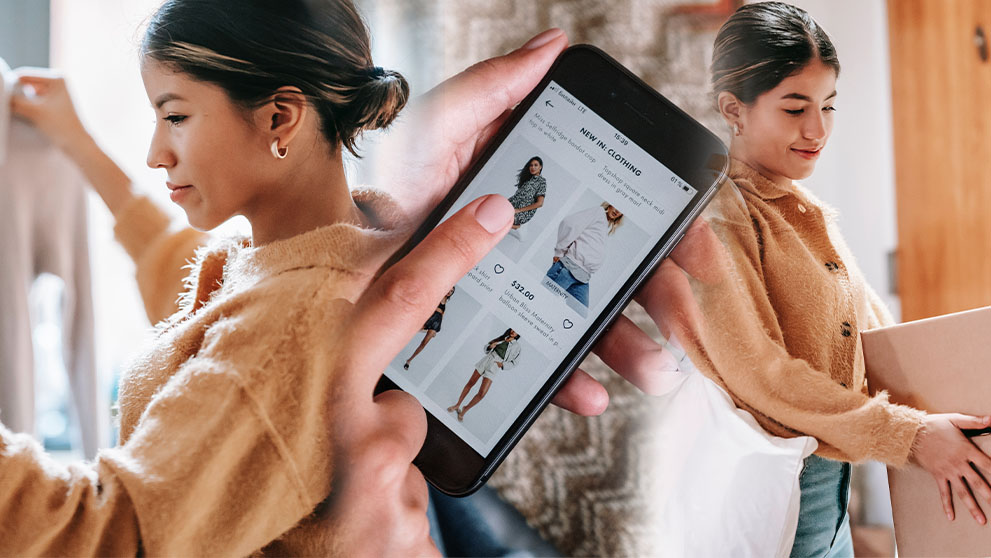M-commerce is booming. In 2021, 72.9% of all retail e-commerce was generated via m-commerce1. So, whatever your business is, if you’re looking for new customers, chances are you’ll find them through their smartphones. Read on as we dive into exactly what mobile commerce is, and how you can optimize your website for the small screen.
What is mobile commerce?
Mobile commerce is the buying and selling of goods and services using wireless handheld devices, such as smartphones and tablets.
It’s estimated that 86% of people in the world currently own a smartphone2, whilst the amount of time they spend online is increasing all the time too. So, it’s not surprising that m-commerce is growing rapidly, with more and more people choosing the convenience and ease of shopping on mobile versus desktop.
M-commerce vs e-commerce
M-commerce is a form of e-commerce. Whereas e-commerce is simply the buying and selling of goods and services over the internet, m-commerce is a more specific part of that.
What is the difference between m-commerce and e-commerce?
The most obvious difference between the two is mobility. M-commerce uses only handheld mobile devices, such as smartphones and tablets – so customers can buy whilst “on the go”, so long as there is a wireless internet connection available.
E-commerce covers all commercial transactions that take place digitally, so it adds computers into the mix. Buying from a laptop or desktop computer counts as e-commerce but not m-commerce.
There are less obvious differences between m-commerce and e-commerce too. Customers using a desktop computer can only be tracked using their IP address, while those using their mobile device can be tracked using Wi-Fi and GPS-based technologies, which are more precise. That means brands can target mobile users more precisely with location-related advertising, such as sending coupons or discounts for nearby stores.
Security is another difference. Most fixed device e-commerce is carried out using credit cards, which carry an element of risk. M-commerce is more secure, thanks to biometric authentication, mobile wallets, and QR codes.
Finally, mobile apps are more convenient, making the buying experience easier and quicker.
Types and examples of m-commerce
There are three basic types of m-commerce: mobile shopping, mobile banking and mobile payments.
- Mobile shopping allows customers to buy goods or services using a web app. This can either be via a retail app, for example from a fashion brand, or a virtual marketplace app such as Amazon. Taxi booking, ticketing, and digital content purchase apps (such as Netflix) are other examples of m-commerce of this type. Mobile shopping can also take place on social media platforms, such as TikTok or Instagram.
- Mobile banking is online banking designed for mobile technology. Banking transactions such as paying bills are usually carried out through a secure app provided by the bank.
- Mobile payments are an alternative to traditional payments. They include digital wallets such as Apple Pay, mobile payment apps such as PayPal, or using QR codes to pay for items using a mobile device.
M-commerce trends
Who is leading the m-commerce boom? As you might expect, the answer is Gen Z and Millennials, who have grown up with mobile technology. According to a global consumer survey by payment service Klarna3, 48% of Millennials shop at least once a week using their mobile phone – with Gen Z not far behind.
Although Millennials are, at the moment, considerably more likely than older shoppers to buy using their smartphones, over time it will no doubt become the norm for all.
1 - Statista, published May 2022
2 - BankMyCell, March 2023
3 - Klarna, 2021
4 - Drip, May 2022
5 - Business of Apps, March 2021
6 & 7 - Oberlo, September 2022


